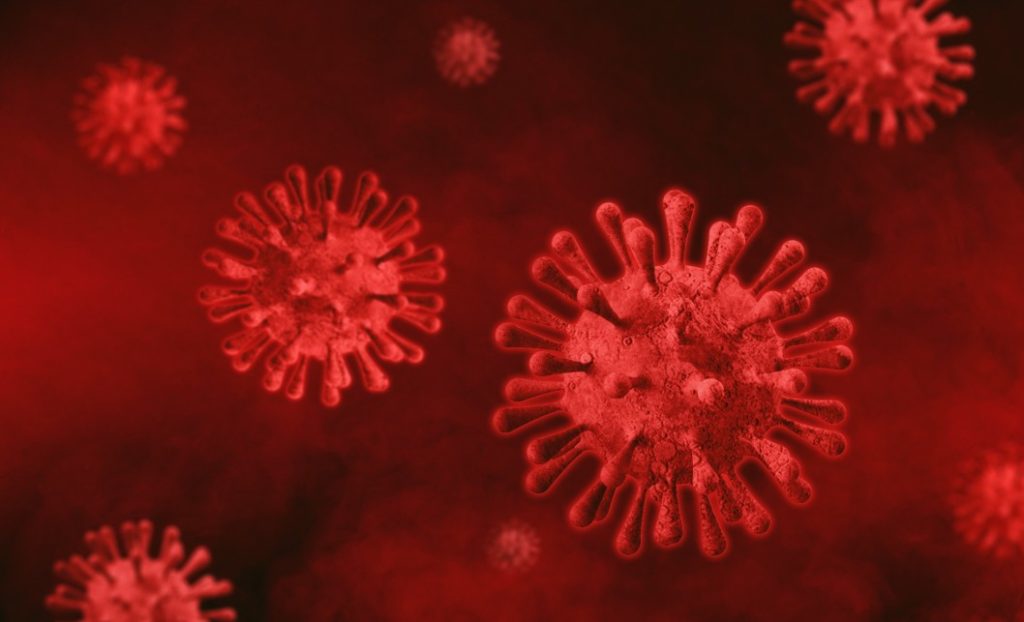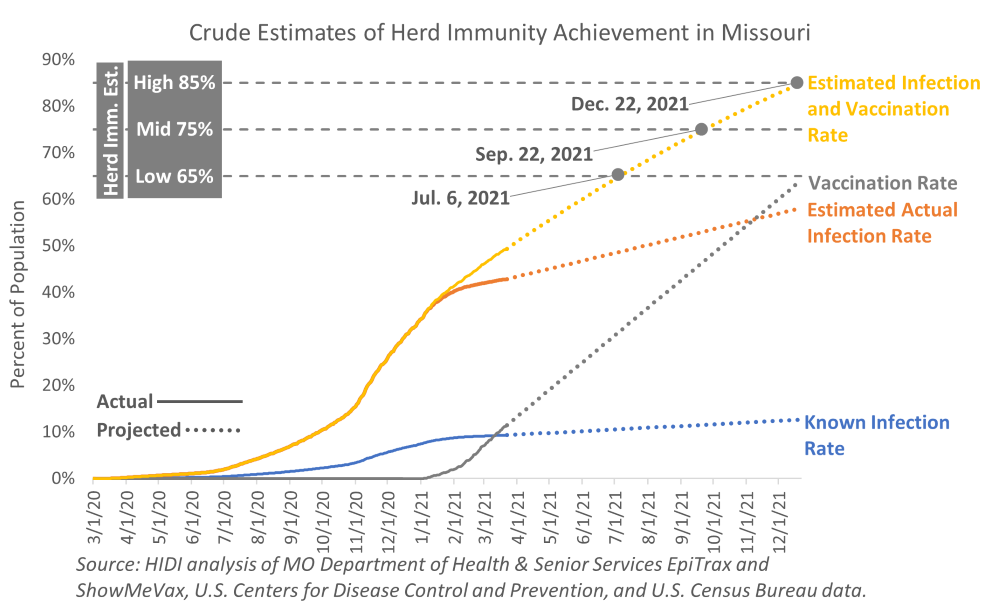Staff Contact: Keri Barclay or Kara Amann-Kale
Yesterday, AstraZeneca announced its intent to seek emergency use authorization from the U.S. Food and Drug Administration for its COVID-19 vaccine. This was based upon their conclusions form the U.S. Phase III trial that demonstrated statistically significant vaccine efficacy of 79% at preventing symptomatic COVID-19 and 100% efficacy at preventing severe disease and hospitalization. However, hours later, the National Institute of Allergy and Infectious Disease was notified by the Data and Safety Monitoring Board of “outdated information from that trial, which may have provided an incomplete view of the efficacy data.” NIAID is urging AstraZeneca to work with the DSMB to update the efficacy data and make it publicly available as soon as possible.










